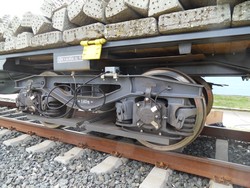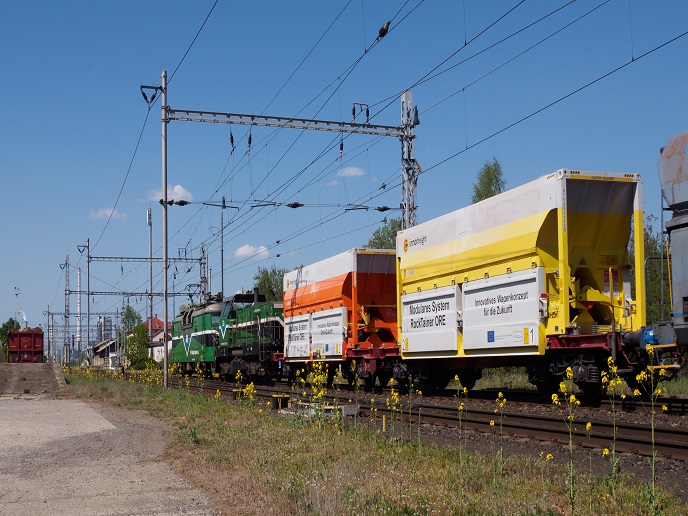Improved freight carriages and tracks
Europe’s economy depends on an efficient rail freight system. However, in recent years, the use of other transport methods has overtaken rail. As a result, rail needs to evolve to regain its former dominance. The EU-funded project SUSTRAIL (The sustainable freight railway: Designing the freight vehicle — track system for higher delivered tonnage with improved availability at reduced cost) aimed to initiate a new rail era by designing novel freight vehicles that utilise lightweight materials. Secondly, the group planned to develop new track infrastructure, involving optimised track geometry plus ground stabilisation and innovative monitoring techniques. The developments should improve rail freight efficiency and reliability while reducing maintenance frequency and costs. Work towards the end of the project’s third year focused on identifying and assessing the proposed innovations. Initially, researchers benchmarked the technical and economic state of the current system. The team also prepared new track design specifications that match requirements and address the performance of future vehicles. The resulting description supports key decisions regarding future systems. The consortium reviewed four key train technology sectors. Candidate solutions were assessed and compared with reference to potential implementation in the SUSTRAIL prototype. Team members also investigated a sustainable track design, intended to yield a low-maintenance track concept. They defined a set of critical parameters to help determine the track modifications necessary for new freight vehicles and increased freight traffic. Following a failure mode and effects analysis, a set of track innovations was selected. The final phase involved demonstrating the innovations previously identified. Researchers designed, built and tested a prototype vehicle on a special track, along with upgraded infrastructure. Testing also examined economic costs and benefits. The prototype successfully met the requirements identified at the start of the project. The outcomes were then made available for implementation as part of a sustainable and efficient rail freight network. Researchers later conducted substantial dissemination work, particularly to the European Commission, other EU projects and interested stakeholders. SUSTRAIL yielded innovative concepts for rail freight vehicles and tracks. The developments should improve rail efficiency and lower costs.
Keywords
Freight, tracks, rail, track infrastructure, SUSTRAIL, freight vehicle




